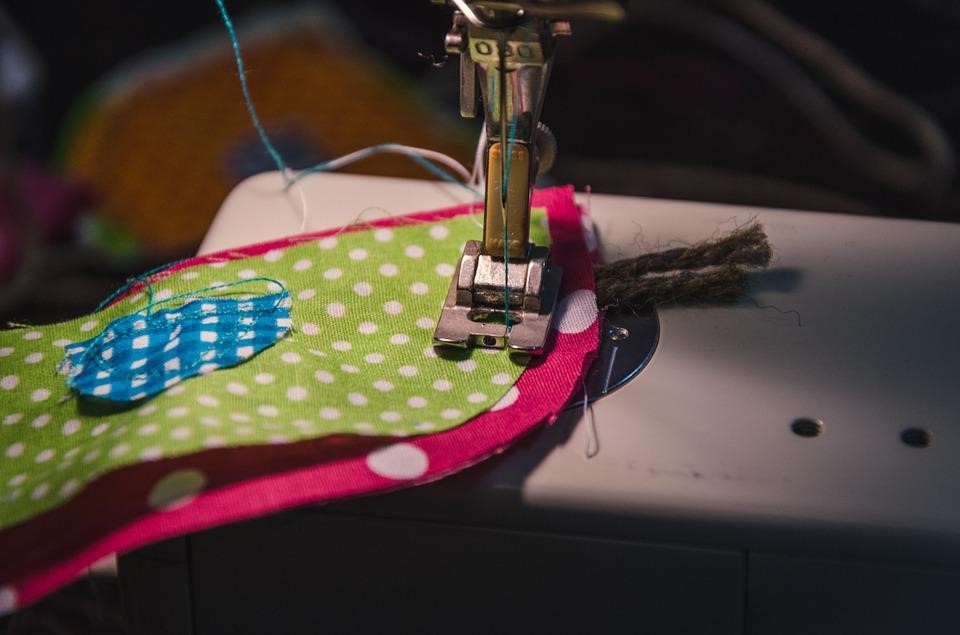Fabrics like silk, satin and crepe de chine look truly beautiful when they are made into clothes or home furnishings. The flowing, smooth fabric can look like moving water – but sadly they are notoriously difficult to sew with. It is for this reason that they tend to be used for flowy summer dresses rather than the Bodycon Mini Dresses that you can see at umay.co.uk/collections/mini-dresses/bodycon-mini-dresses. These dresses need a much more structured fabric.

This can be very frustrating… but thankfully there are lots of tips and tricks that you can use to make the sewing process easier.
Here are six tips to help you sew slippery fabrics.
Use starch spray to make things easier
Spray starch has a lot of uses, including cleaning shoes, but did you know you can also use it to make slippery fabrics less slippery? Simply spray a little on before you get started to make it easier to control the fabric.
Consider using a rotary cutter
Most people use dressmaking shears to cut their fabric, but a rotary cutter is better suited to slippery fabrics.

Use a walking foot
You can also use a walking foot to save time. The walking foot will help to feed both the top and the bottom layer of fabric through the machine, so the fabric is less likely to bunch up or become uneven. This means that you will spend less time sorting out the fabric as you go – which is perfect for people who get frustrated easily!
If you don’t have a walking foot, you can pin down tissue paper along the seam you are sewing to help keep things neat and tidy. This is fairly effective, and all you need to do is pull the tissue paper off once you are done (but be careful with the pins!).
Be aware of the presser foot pressure
The presser foot pressure can also cause problems when you are sewing, so if you notice the fabric starting to pucker it could be because of this. Adjust the pressure to see if that helps at all.
Use the right needle
It is very important to make sure that you use the right type of needle when you are sewing slippery fabrics. Avoid using thick, wide needles, as the holes will be too wide; instead, use a needle that is designed for tightly woven fabrics. One popular option is Sharps Needles.
